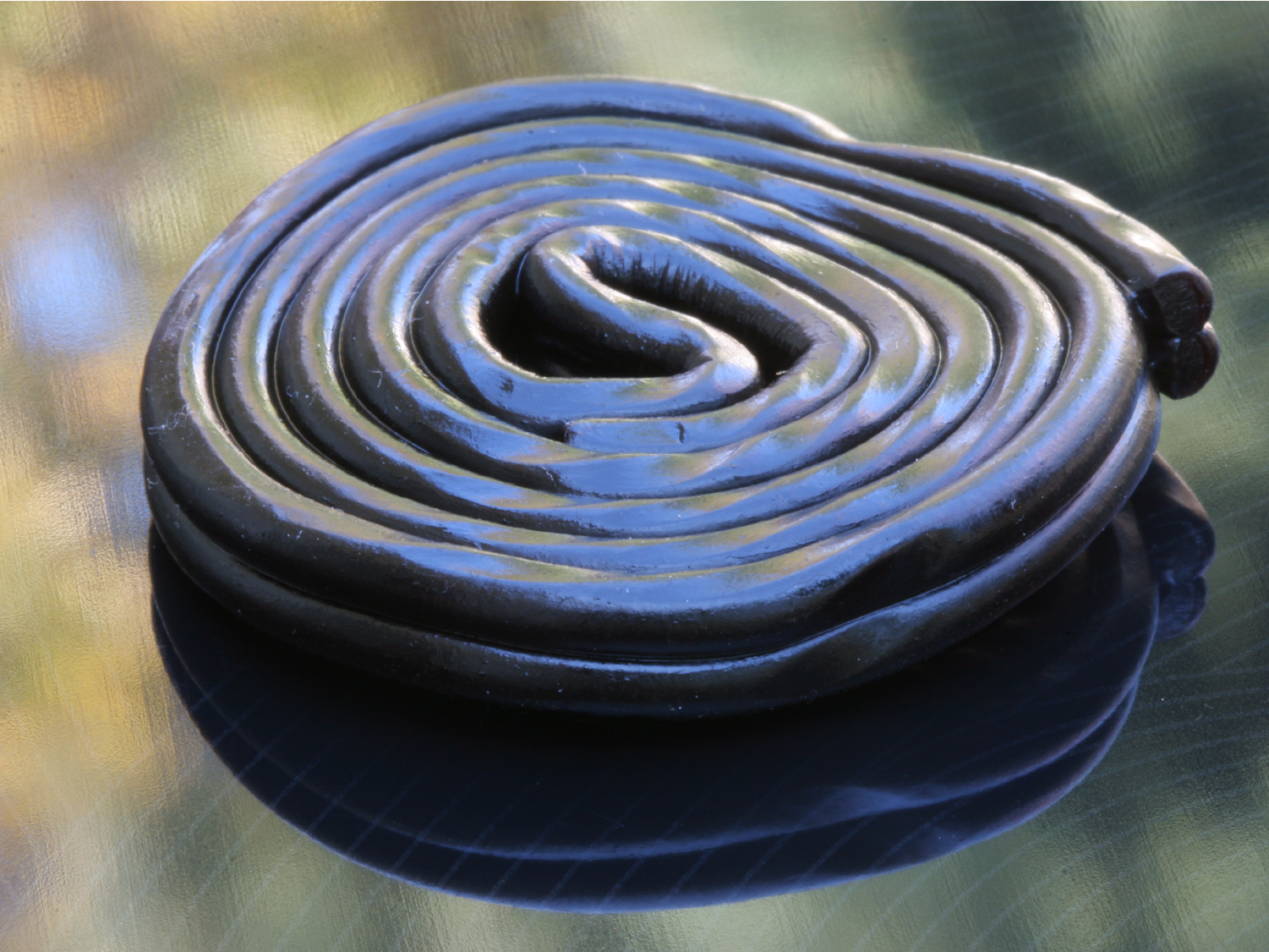- Black licorice contains the sweetening compound glycyrrhizin, which can decrease potassium levels in the body, according to the US Food and Drug Administration. That temporary potassium deficiency can cause abnormal heart rhythms, high blood pressure, and even congestive heart failure. People over 40 with a history of high blood pressure and heart disease are especially at risk.
Reasonable people have for decades agreed that black licorice is the most disgusting, repulsive candy on the planet.
The US Food and Drug Administration is finally backing us up.
In a report released Monday, the FDA says, “If you’re 40 or older, eating 2 ounces of black licorice a day for at least two weeks could land you in the hospital with an irregular heart rhythm or arrhythmia.”
Two ounces is about five Twizzler-size ropes of licorice or nine Red Vine-size pieces.
The FDA says the sweetening compound in licorice root, glycyrrhizin, is the danger, as glycyrrhetic acid can elevate sodium levels and reduce potassium in the body. That temporary potassium drop can cause some people to experience abnormal heart rhythms, high blood pressure, swelling, lethargy, or congestive heart failure.
According to the FDA's Linda Katz, the potassium levels of people who eat black licorice are usually restored with no permanent health problems once they stop.
But not always.
The FDA said that last year one "black-licorice aficionado" had "a problem" after they ate it.
Traditional Chinese medicine has for thousands of years called for using licorice to treat gastric ulcers, but the National Institutes of Health says there's insufficient data to know whether licorice root is an effective treatment for any condition.
Regardless, why anyone would ingest that foul-tasting rope regularly enough to cause a potassium problem remains a mystery to level-headed scientists everywhere.

